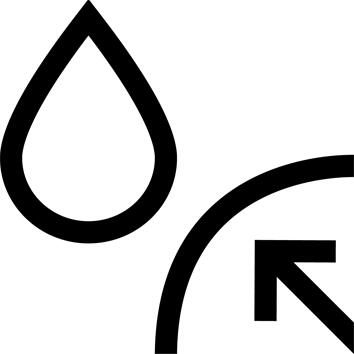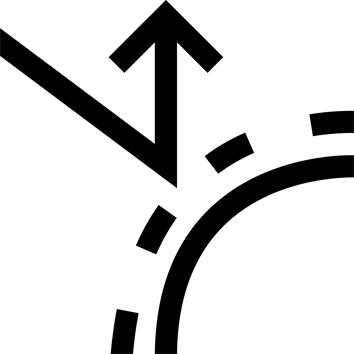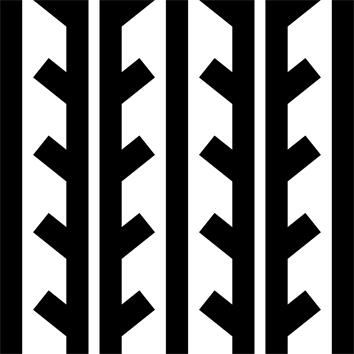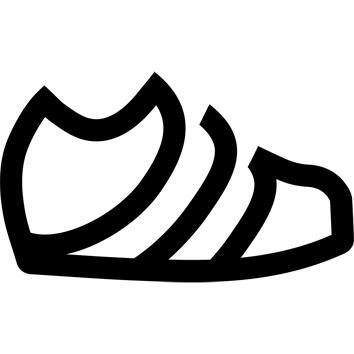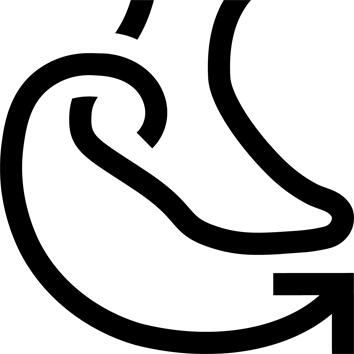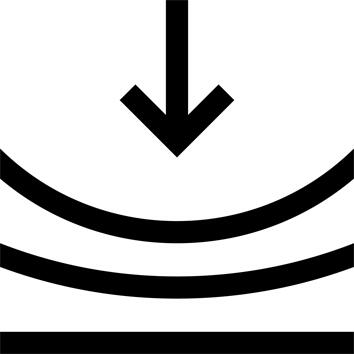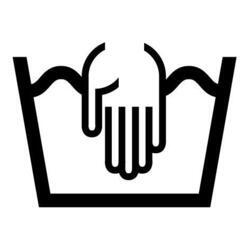MADE IN EUROPE FABRICATION: 100% of our shoes Forclaz are made in Europe.
These shoes are made in the European Union, in Romania, in a factory specialized in the production of hiking boots (GRISPORT)
This factory uses only water-based glues, without chemical solvents.
The majority of materials are of European origin.
Advantages of the locking hook
Effectively dissociate the lacing of the lower and upper parts
This allows you to adjust the lacing to the shape of your foot and give your ankle more or less freedom. To lock this first tightening of the lower part, tie a simple knot at instep level, or use your shoe's blocker.
All our trekking shoes offer this option.
How waterproof is this shoe?
This shoe is validated on the waterproofness test to 10,000 repeatable flexes, i.e. 10 km - 3 hours of walking in water up to mid-stem, which today guarantees a very good level of waterproofness at shoe level.
--> Our evaluation indicates a LEVEL OF 2 /5 which offers waterproofness for 3 hours of hiking in the rain.
Details of the tests carried out to evaluate the waterproofness of our shoes can be found a little further down.
Waterproof test
Waterproof footwear test: tested in the laboratory and in use, waterproof and breathable membrane-equipped footwear offers optimum protection against the rain. First immersed in water under air pressure, the shoes are tested for the absence of bubbles on the surface. The shoes are then placed half-submerged on a mechanical arm simulating walking, to check that the inside of the shoe remains perfectly dry.
3 levels of waterproofing
In the waterproof test, we test 5 levels of waterproofness:
2,000 flexes (approx. 4 km ,30 min walk)
10,000 flexes (approx. 10 km ,3 hours walk)
30,000 flexes (approx. 15 km ,6 hours walk)
50,000 flexes (approx. 20 km ,8 hours walk)
100,000 flexes (approx. >20 km ,24 hours walk)
Laboratory tests
Laboratory tests are carried out to validate the following elements:
- hook and eye pull-out
- sole bonding
- toxicology
- UV resistance
- abrasion of sole and upper components
- accelerated ageing.
Buying advice
Try on both shoes, standing up, with the socks used for hiking. Try on several models, and several sizes if necessary. Two points of comfort to check: heel and forefoot support. Avoid compression points when trying on socks. Don't hesitate to walk around the store. Use your shoes progressively during your first hikes to get them to fit your feet.
Manufacturing
100 trekking boots are made in the European Union, in Romania.
The majority of materials are of European origin.
